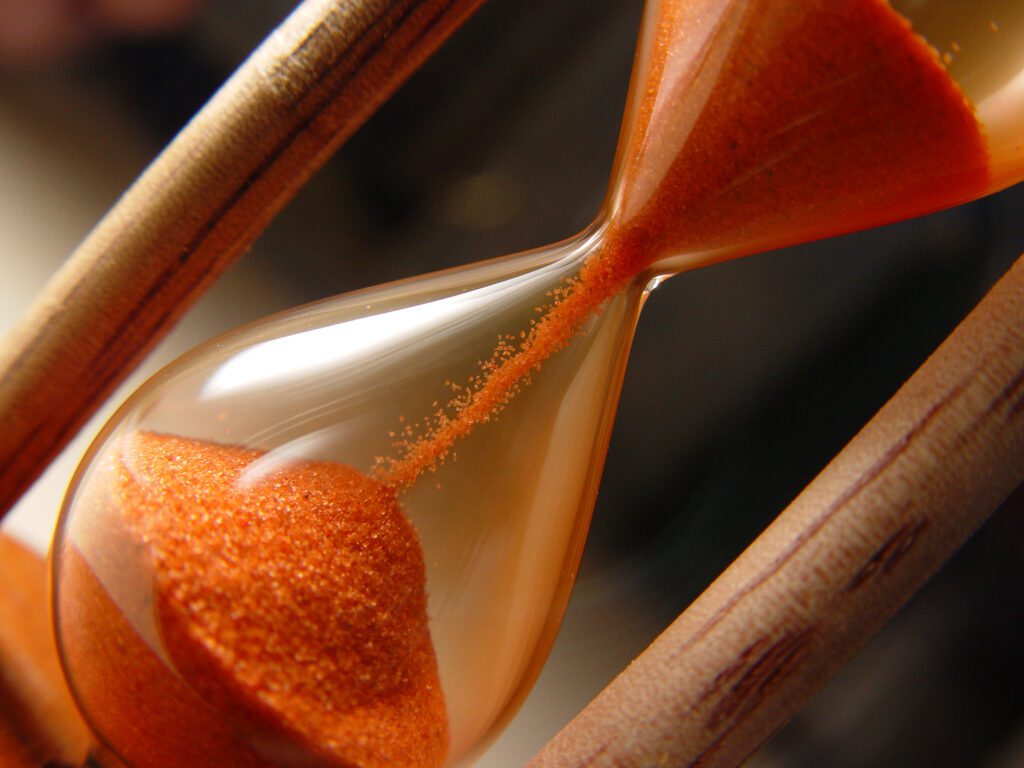Citrus makes up roughly $9 billion of Florida agriculture’s $100 billion yearly contribution to the economy and provides more than 75,000 jobs to Floridians. For decades, citrus has been synonymous with Florida and served as our state’s most recognized agricultural product. Now, Florida citrus is facing an existential crisis: citrus greening.[emember_protected custom_msg=”Click here and register now to read the rest of the article!”]
Citrus greening has been detected in every citrus-producing county in Florida. Greening causes fruit to drop early, ultimately kills trees, and has spread to nearly half of Florida’s groves. All of this is causing a measureable decline in grove yields, commodity projections, and profitability. With no known cure or treatment, and growers losing between 20 to 40 percent of their fruit, Florida’s long-standing signature crop is in a race against time.
Fortunately, this year the Florida Legislature approved an additional $9.5 million in the state budget to support the citrus industry’s fight against greening. This additional money will go toward research to find a cure and to develop more disease-resistant breeds. For years, the citrus industry has poured tens of millions of dollars into research. I appreciate the support of the Legislature to augment the industry’s own investment in research with additional funding.
The majority of this funding will be directed to important research projects that will be selected and administered through the Citrus Research and Development Foundation (CRDF). The CRDF identifies gaps in current greening research, requests research proposals from the science community to fill these gaps, and then identifies and funds the best research. Last year, they funded dozens of promising greening research projects. Breeding a more disease-resistant tree is considered the top priority.
A portion of the $9.5 million will be invested in the germplasm and nurseries to rebuild Florida’s groves once a cure is discovered or a more disease-resistant tree is developed. We must be prepared to replant the trees we’ve lost, and this requires infrastructure. Part of this funding will expand and improve the department’s budwood program that supplies these clean foundational trees to citrus nurseries.
The long-term sustainability of Florida’s citrus industry is important to every Floridian— not just those who depend on it for their livelihoods. With a nearly 500,000 acre footprint in Florida, citrus has a profound impact on so many of our interior counties and the quality of life of the surrounding communities. This land and the taxes it generates, supports school districts, sheriffs’ offices, and any local governments that have come to depend on Florida’s signature crop.
We have made great strides in our battle against citrus greening. My hope is that this additional investment in research and response infrastructure will bring us closer to victory.
CREDITS
story by COMMISSIONER ADAM H. PUTNAM
[/emember_protected]


